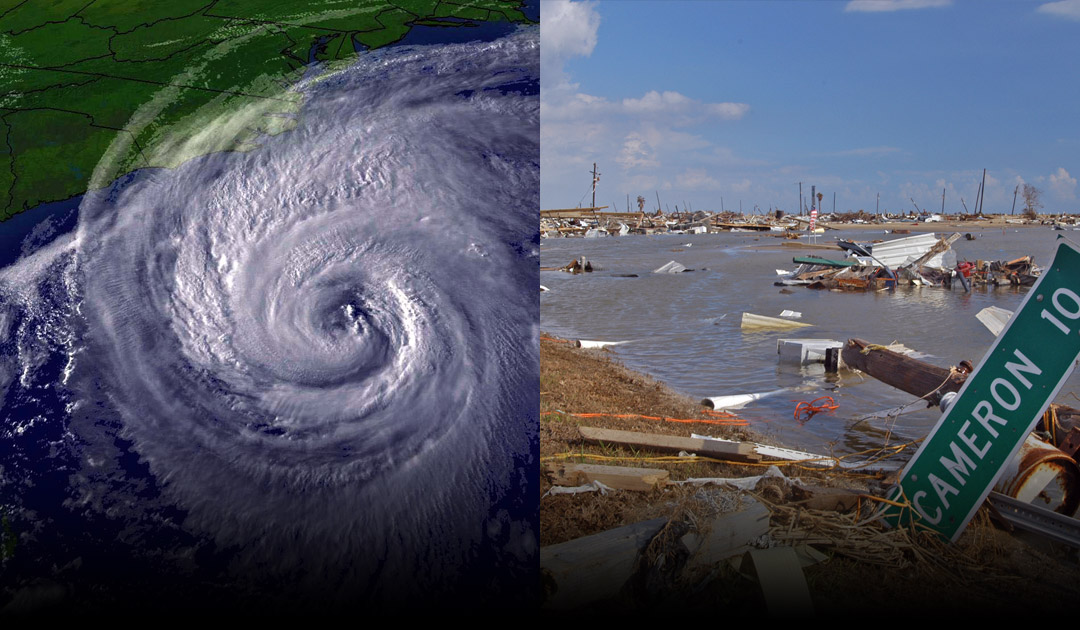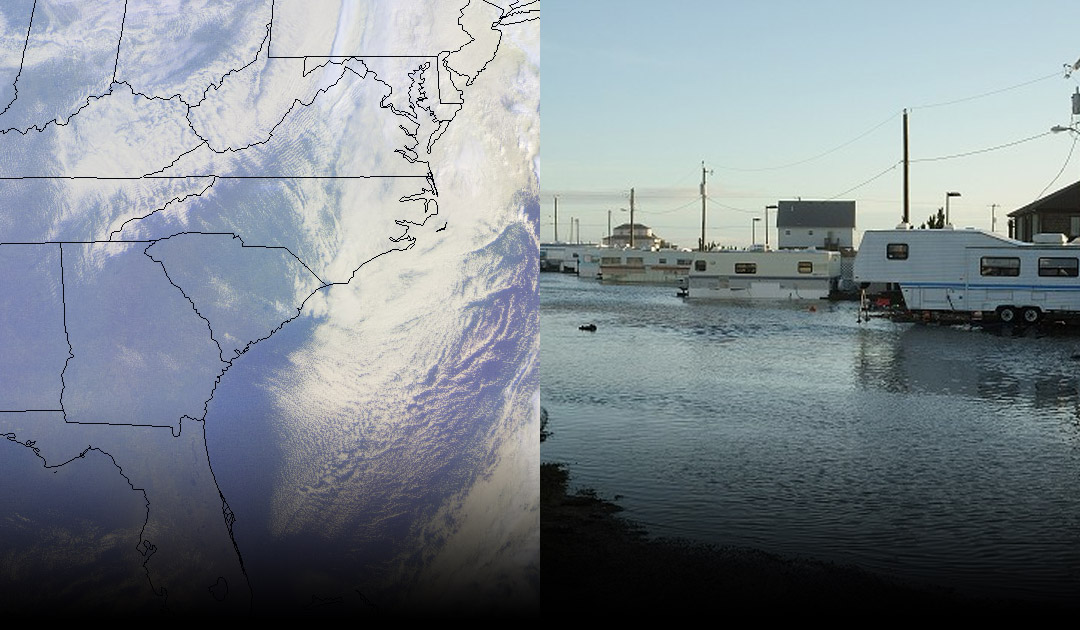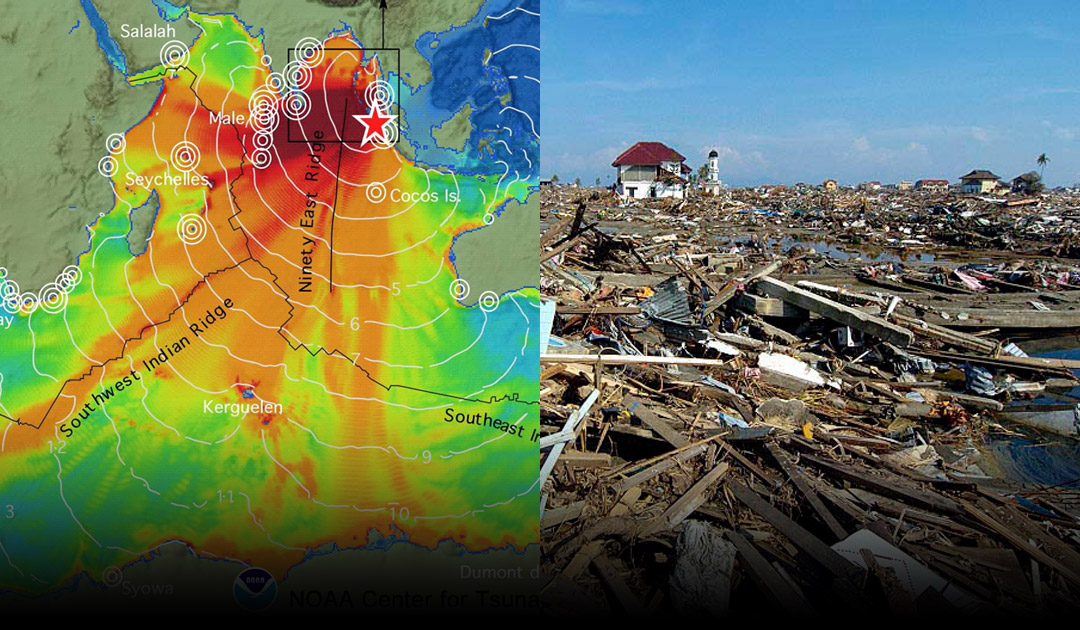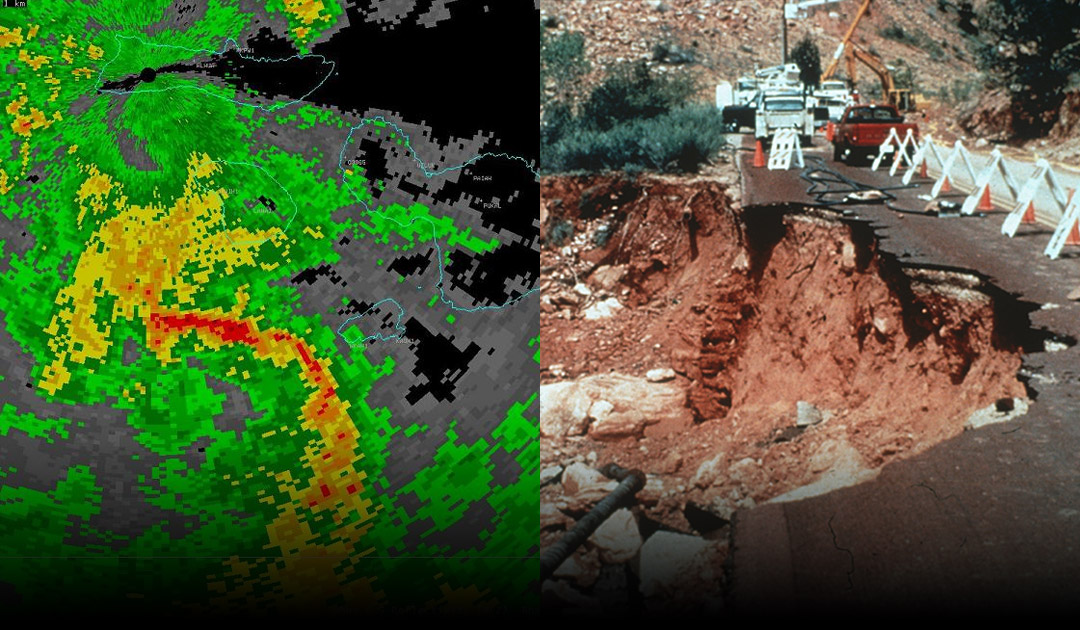Tsunamis are a series of ocean waves generated by the displacement of the seafloor, either by earthquakes, underwater landslides, or volcanic activity. The waves from a tsunami may be only a few inches high in the deep ocean and can come ashore without causing damage. But in extreme cases, due to the severity of the displacement and bathymetry (topography of the ocean floor), the waves can increase in speed and height to become several meters high. When a significant tsunami comes ashore, it can destroy everything in its path - including coastal vegetation, mangroves, seagrass beds, and coral reefs. Tsunamis can scrape sediment off the ocean floor and deposit onto the land, and move invasive species into new areas.




